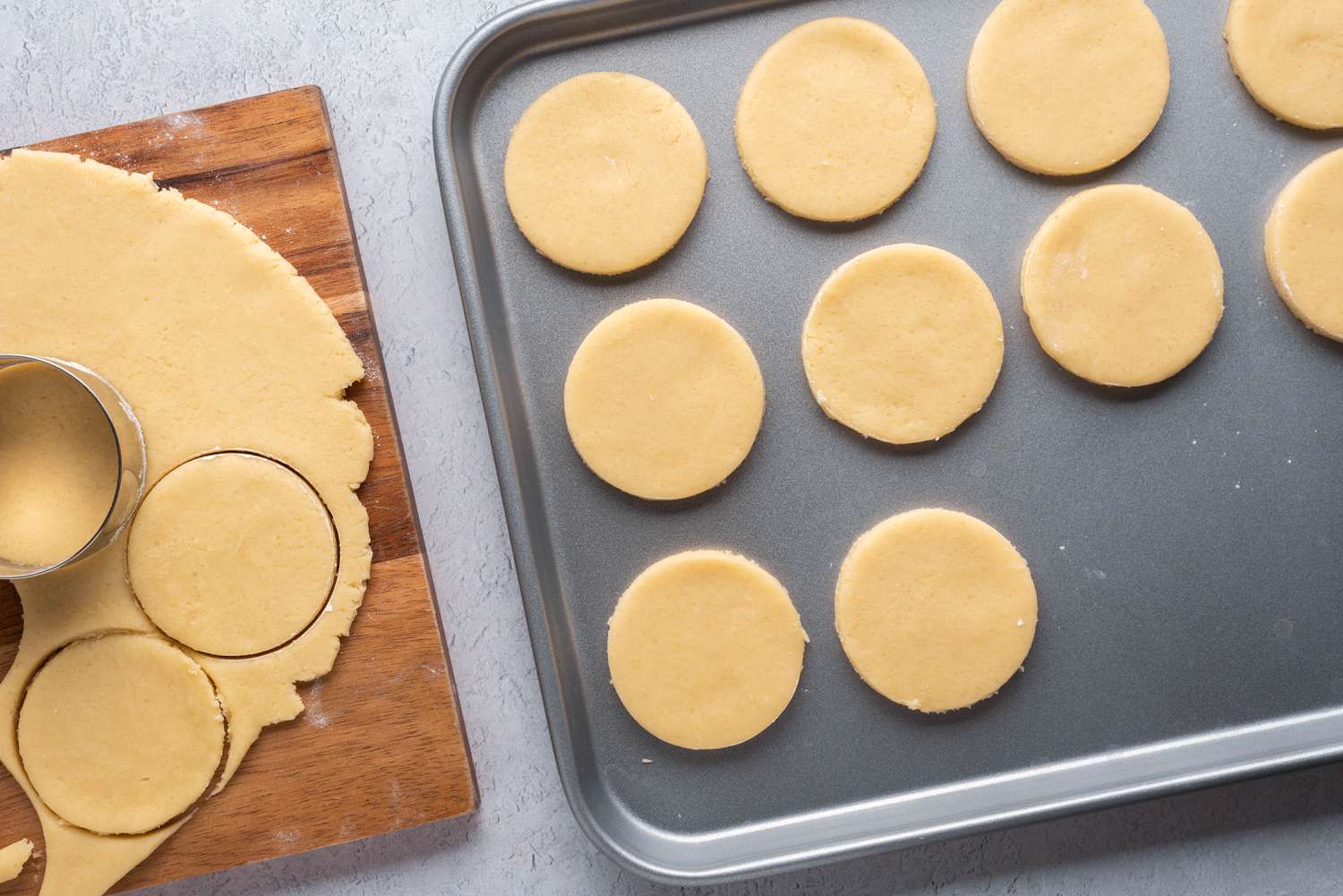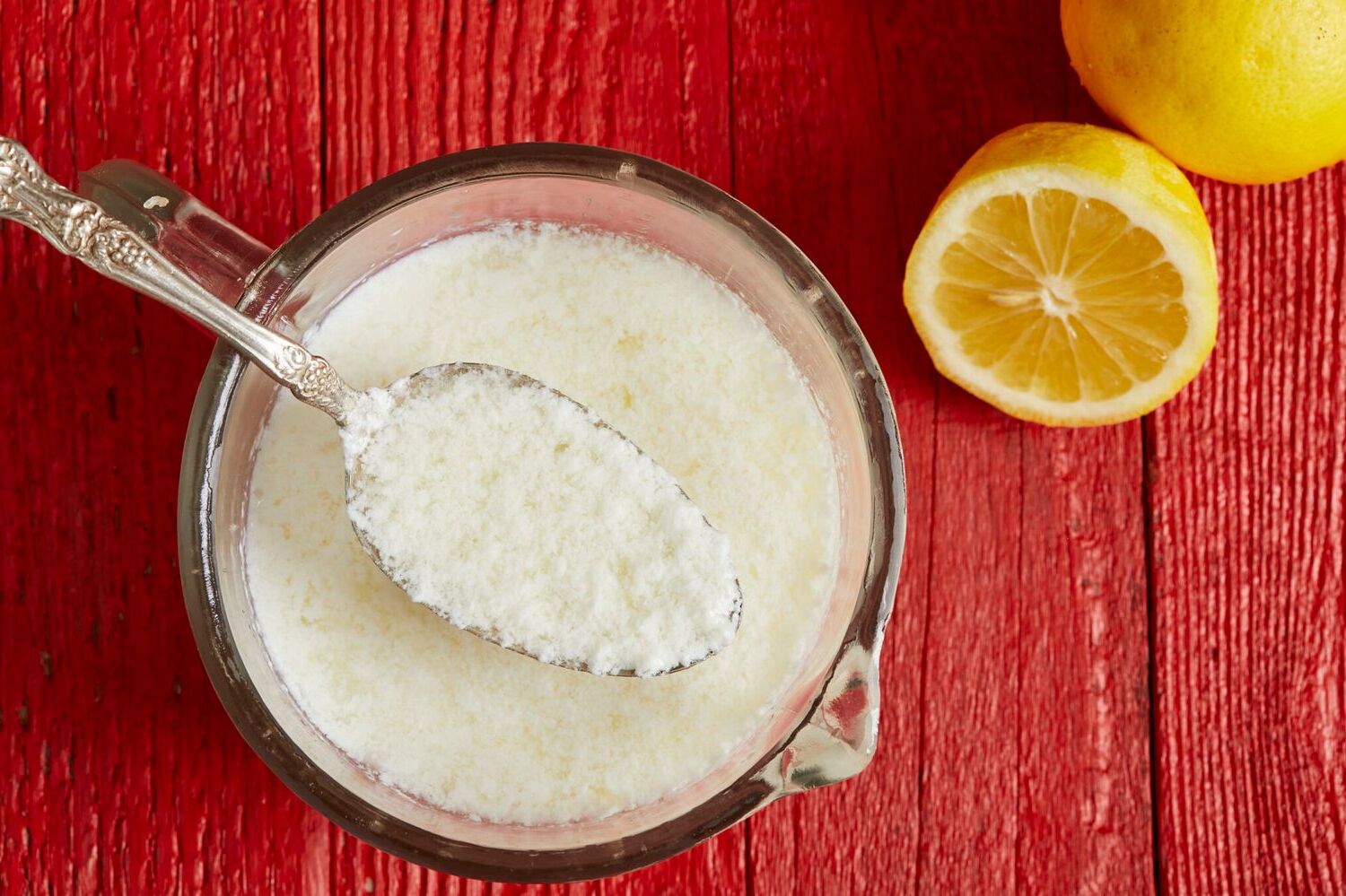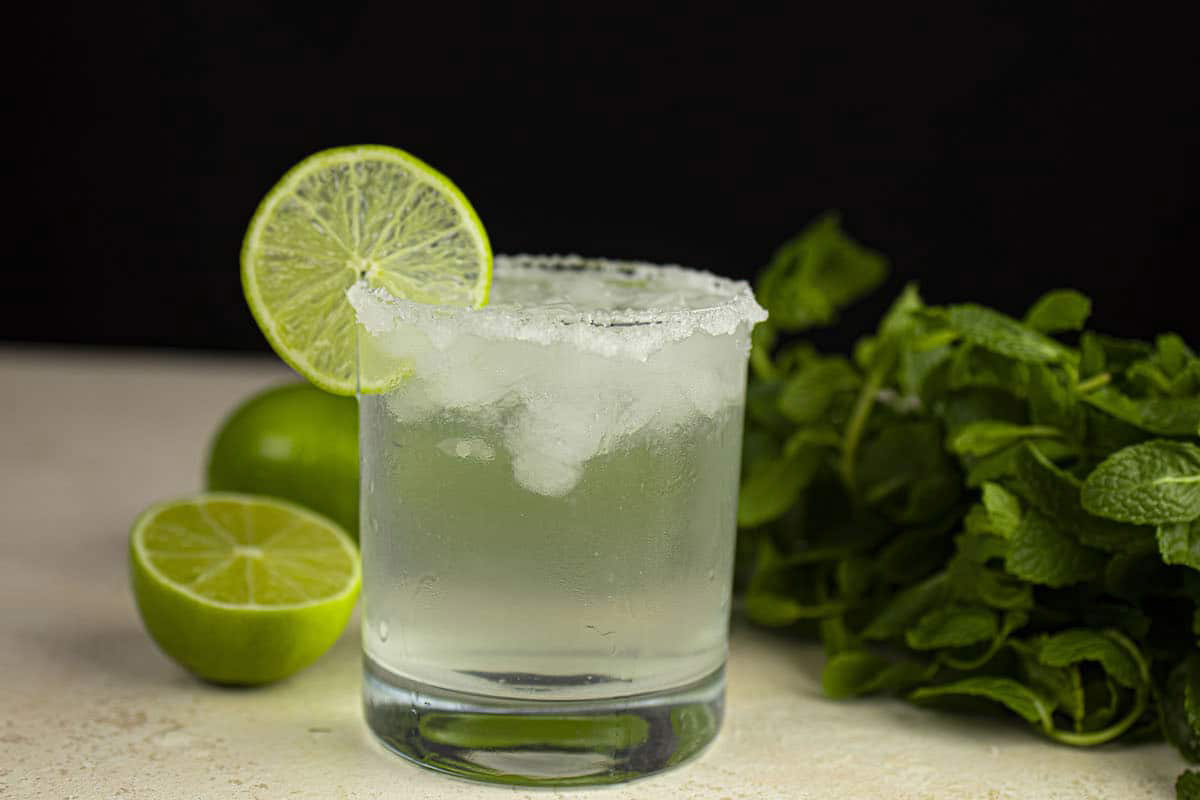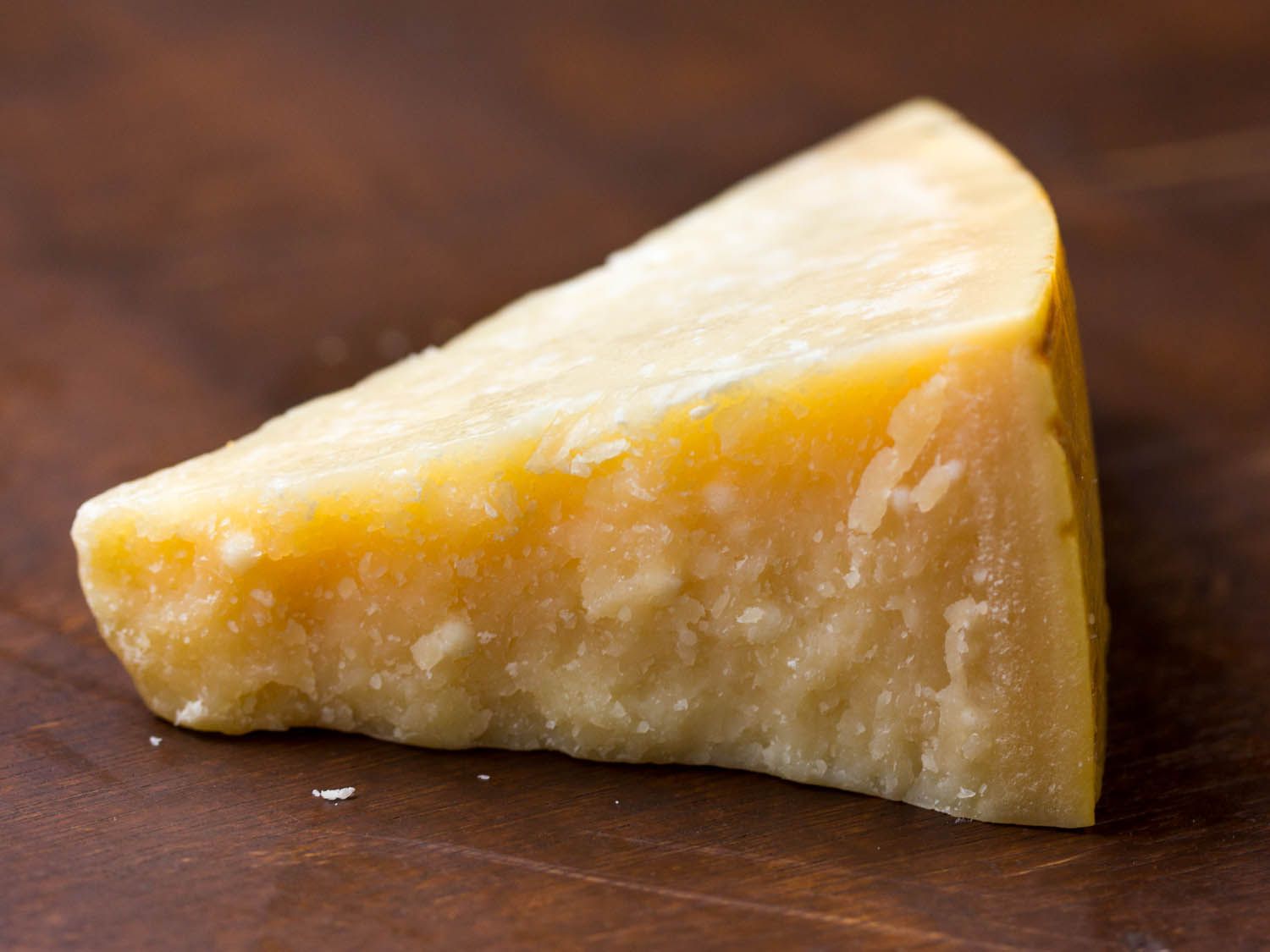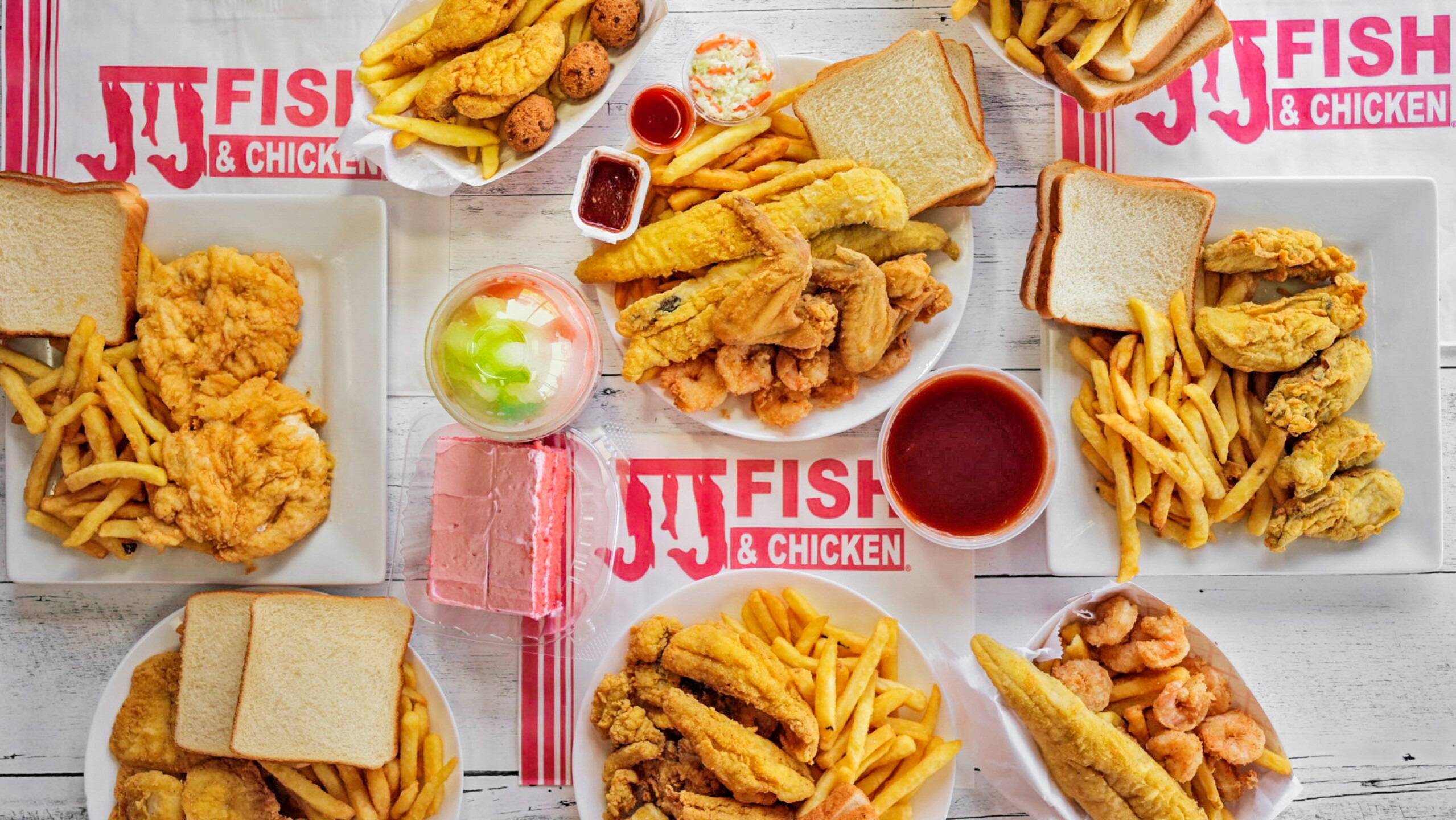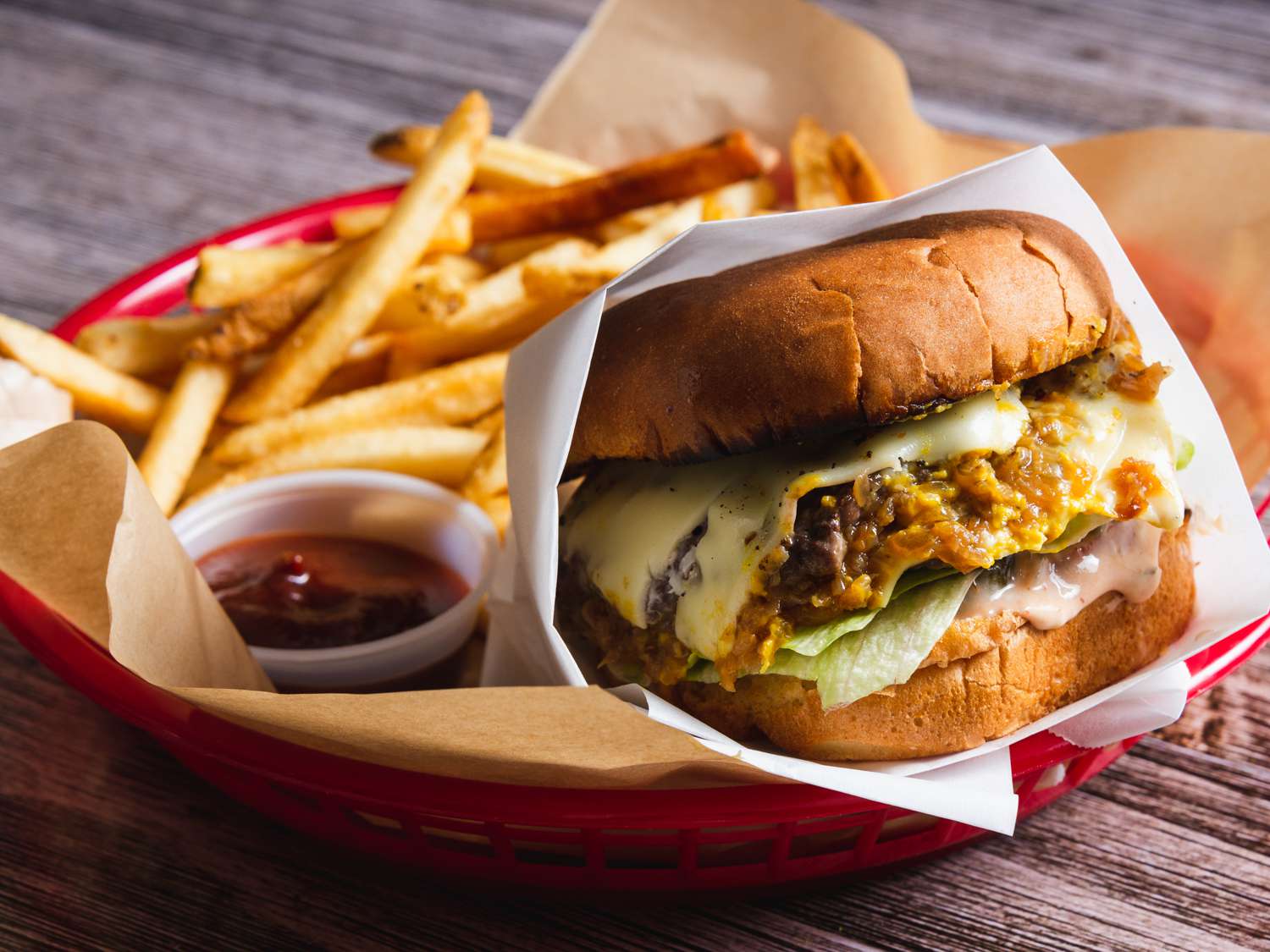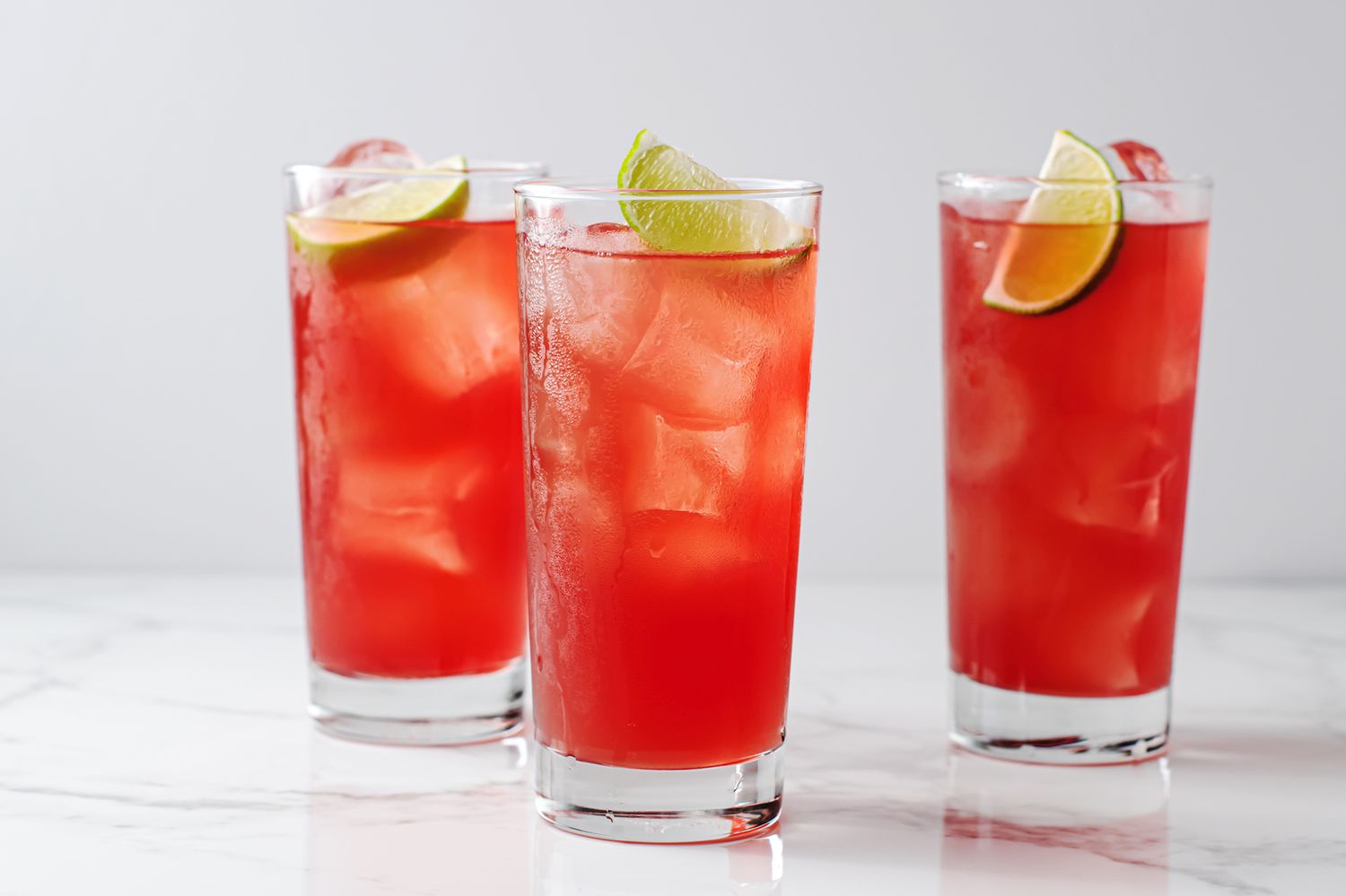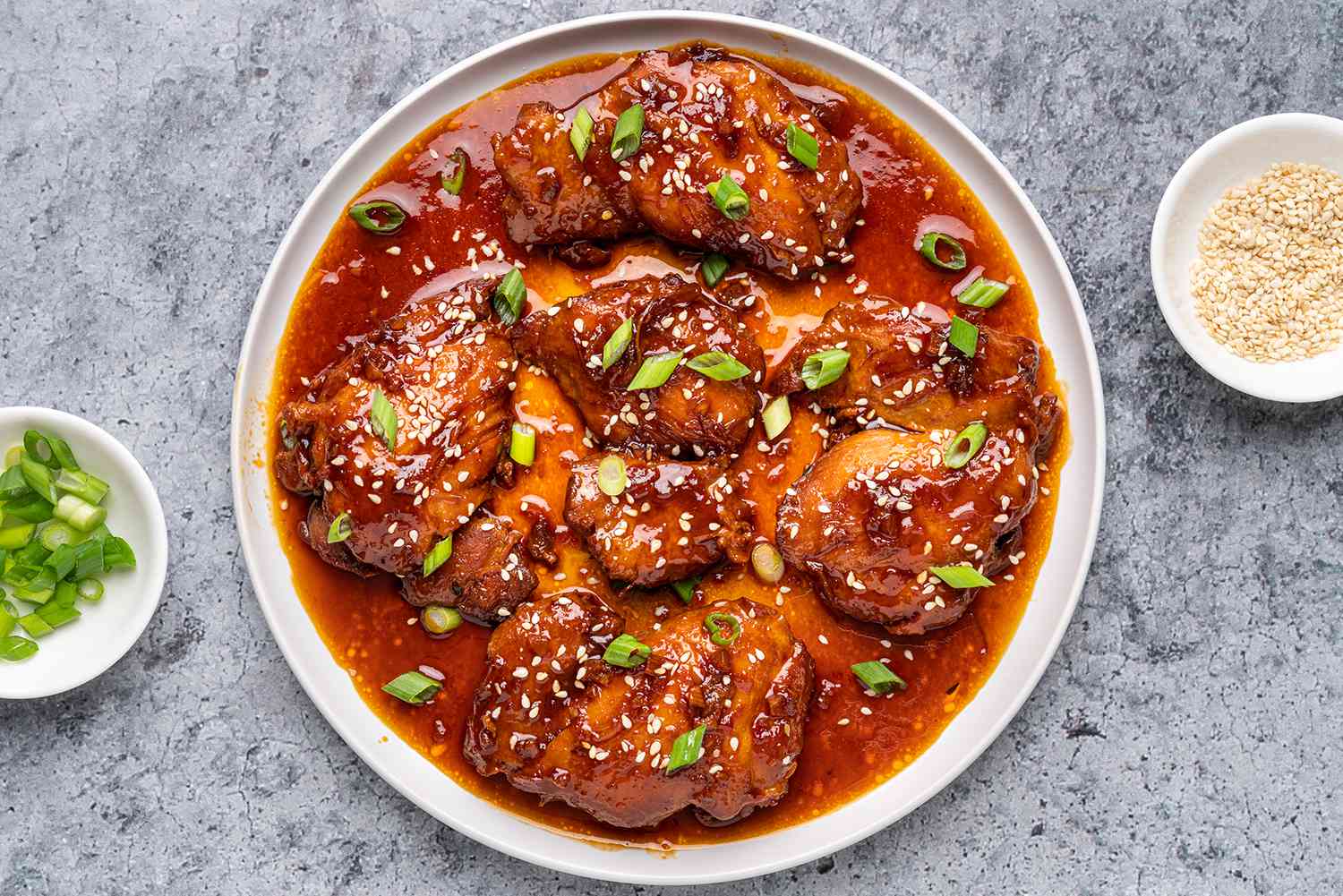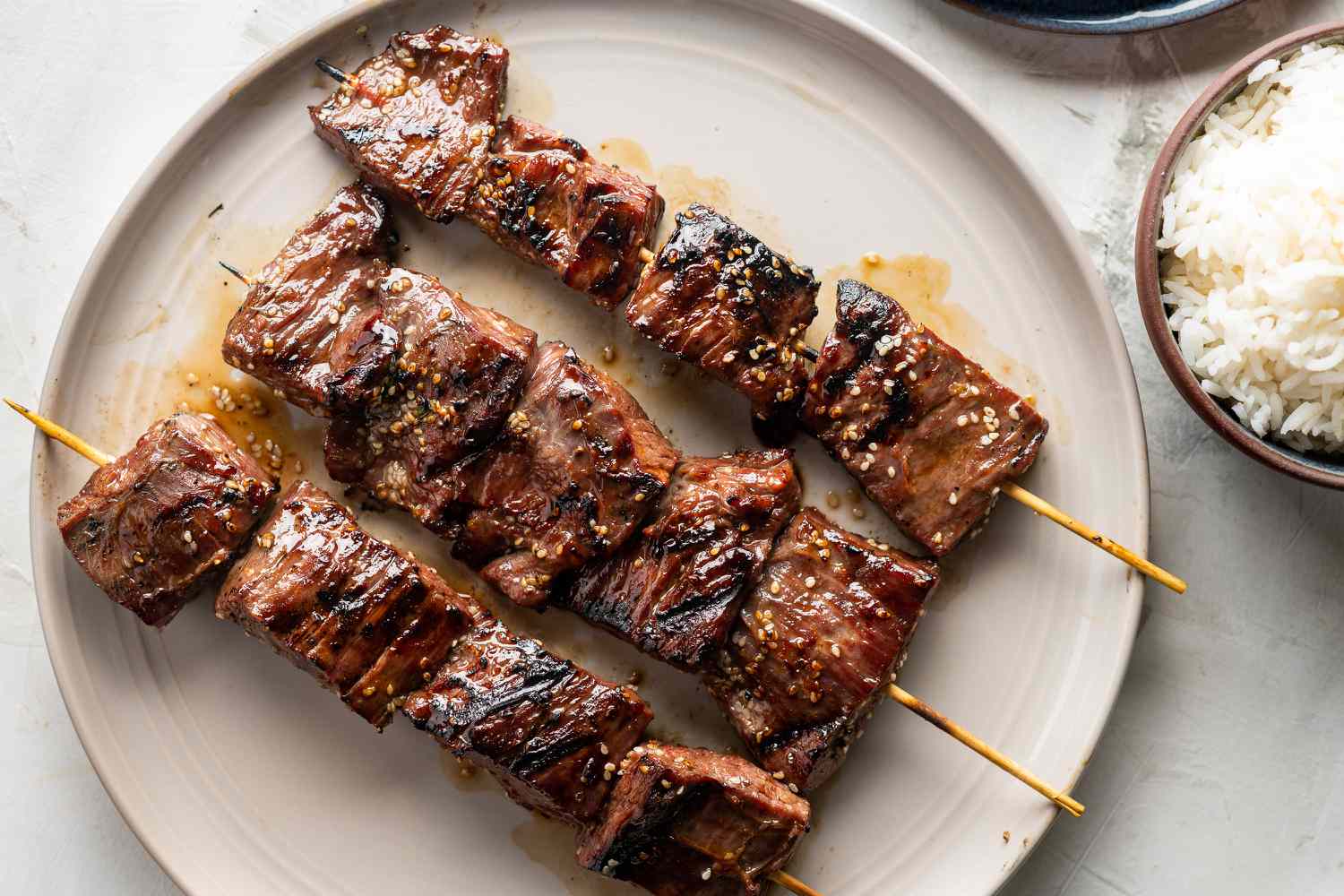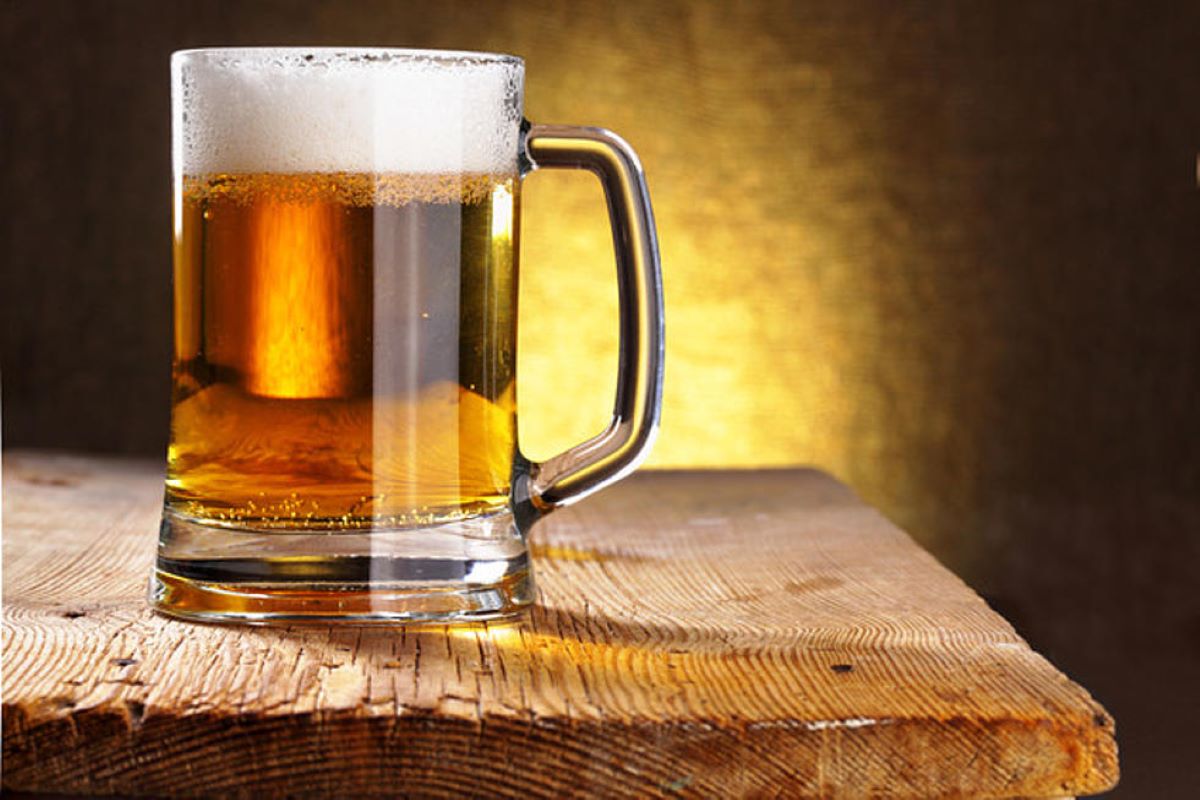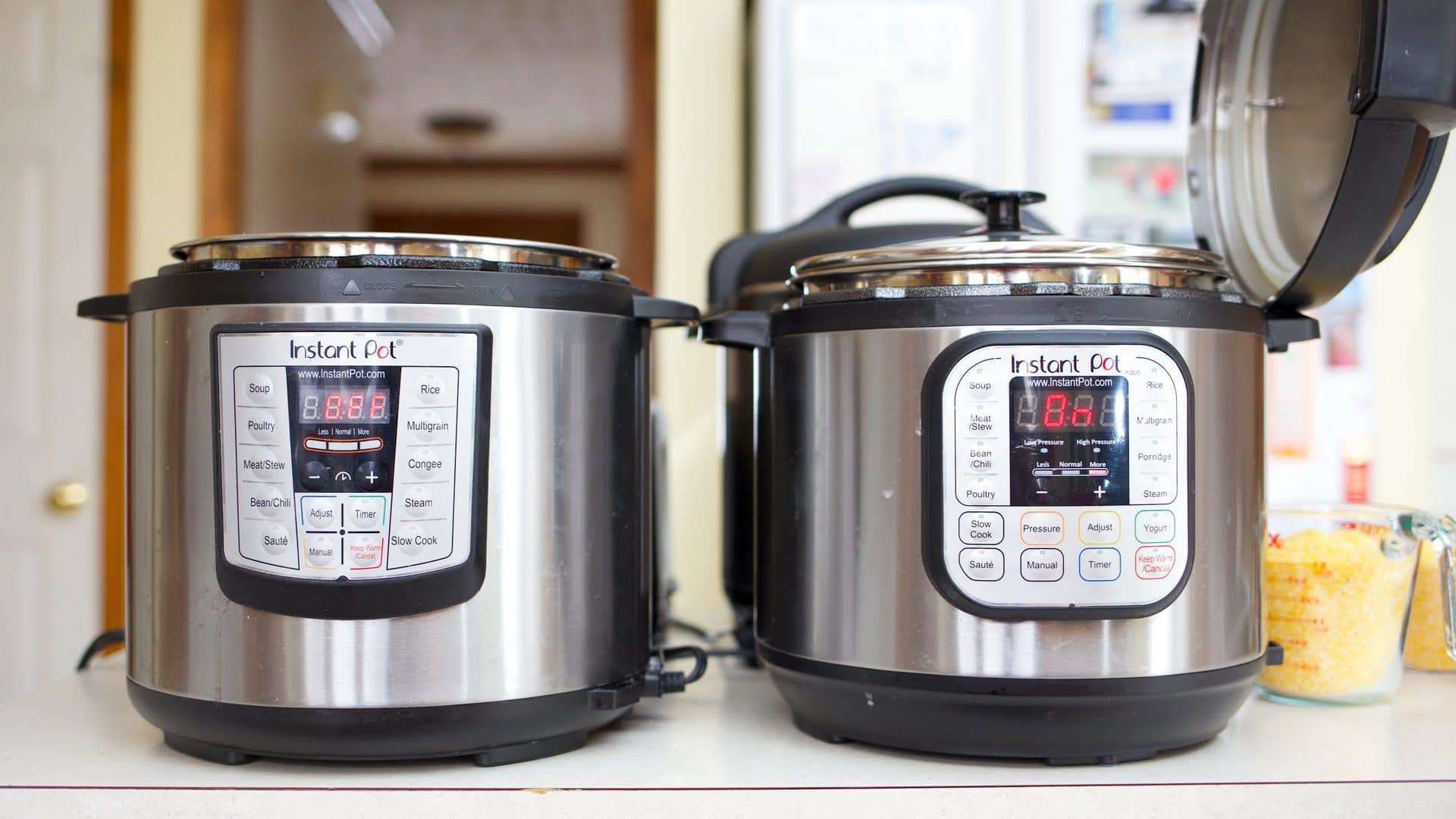Understanding the Difference Between Curry and Masala
When it comes to Indian cuisine, the terms “curry” and “masala” are often used interchangeably, leading to confusion for many people. However, these two ingredients are distinct and play different roles in Indian cooking. Let’s delve into the differences between curry and masala to gain a better understanding of their unique characteristics.
Curry: A Flavorful Blend
Curry is a popular spice blend that is widely used in Indian and Southeast Asian cuisines. It typically consists of a combination of coriander, cumin, turmeric, ginger, cinnamon, cloves, cardamom, and black pepper. The exact composition of curry powder can vary depending on regional preferences and individual recipes.
One of the key features of curry powder is its vibrant yellow color, which is attributed to the presence of turmeric. This spice blend is known for its warm, earthy flavor with a hint of heat, making it a versatile addition to a wide range of dishes, including stews, soups, rice, and vegetable-based preparations.
Masala: A Dynamic Spice Mixture
On the other hand, masala refers to a blend of ground spices that are combined to create a rich and aromatic flavor profile. The word “masala” translates to “spice” in Hindi, and it encompasses a diverse range of spice mixtures used in Indian cooking.
Unlike curry powder, which is a specific blend of spices, masala can vary significantly based on the dish being prepared. For instance, garam masala is a common type of masala that includes spices such as cinnamon, cloves, cardamom, cumin, and coriander. Other variations of masala may include tandoori masala, chaat masala, and sambar masala, each tailored to suit different culinary applications.
Key Differences
Now that we have explored the individual characteristics of curry and masala, let’s summarize the key differences between the two:
- Curry is a specific spice blend that typically includes coriander, cumin, turmeric, ginger, cinnamon, cloves, cardamom, and black pepper.
- Masala refers to a broader category of spice mixtures that can vary based on the specific dish or culinary tradition.
- Curry powder is known for its warm, earthy flavor with a hint of heat, while masala blends offer a diverse range of flavors and aromas.
- While curry powder is often used as a standalone seasoning, masala blends are frequently combined with other ingredients such as onions, tomatoes, and yogurt to create rich, complex flavors.
Conclusion
In conclusion, while both curry and masala are integral components of Indian cuisine, they serve distinct purposes and offer unique flavor profiles. Understanding the differences between these spice blends can enhance your appreciation for the rich and diverse tapestry of Indian cooking, empowering you to experiment with new flavors and create authentic dishes in your own kitchen.
Next time you’re preparing an Indian-inspired meal, consider the specific characteristics of curry and masala to elevate the flavors and aromas of your culinary creations.
Was this page helpful?
Read Next: What Is Honey Dipped Sweet Corn
